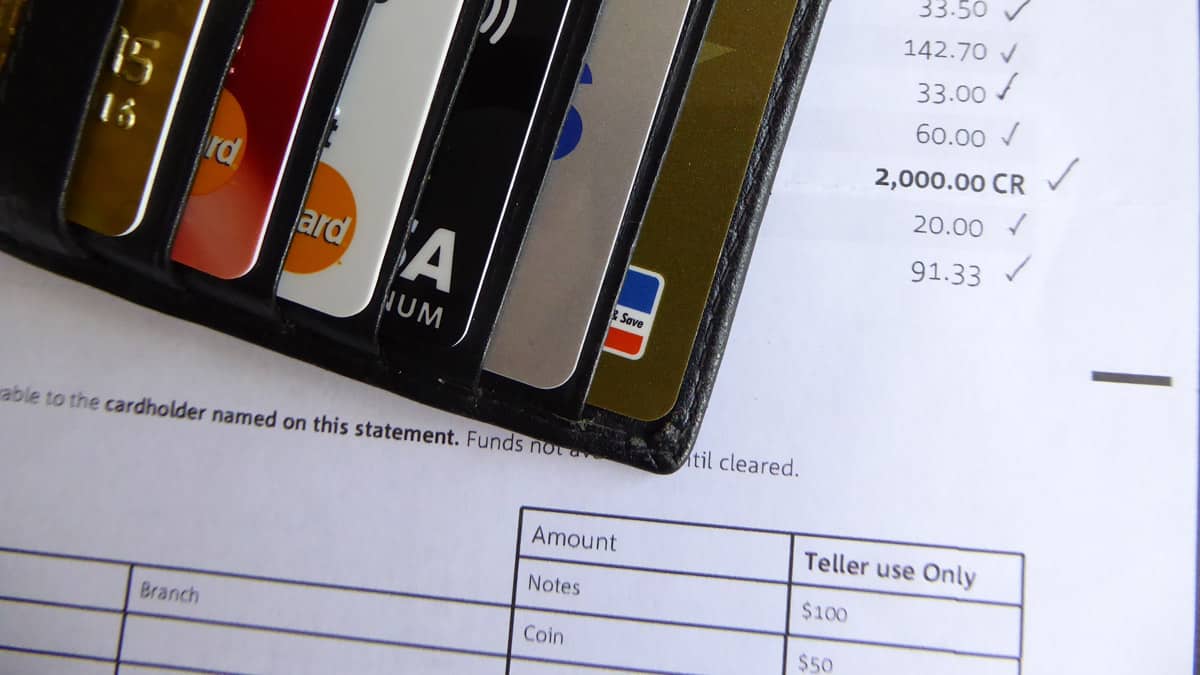How to Open a Business Bank Account
Opening a business bank account is a critical step for all business owners. Here is our guide for every business structure.

Opening a business bank account is a critical beginning step for all new business owners. It’s recommended for both tax purposes and debt liability that small business owners maintain clear delineation of personal finances and business finances. Business bank accounts allow you to do that with ease.
A separate business account will also make daily transactions simple to document, and allow you to build credit in the name of your business.
First, you must get organized and put together some materials for the bank. Here’s what you need to get started and open your new business bank account.
Create Your Business Name
The first step in opening your business bank account is choosing a formal business name. Many small business service providers, such as law firms or CPAs, will opt for the owner’s name and the identity of the professional certification, for example, “Law Offices of John K. Smith, Esquire.”
Less formal businesses require less formal names, so use your imagination to pick something that captures the essence of your new company. Before you pick a business name, you can check online to see if that name already exists using a simple web search. It’s also prudent to do a possible domain name search using the WHOis database or another reputable source before finalizing your business name.
Think of whether it makes sense to pursue a “Doing Business As” (DBA) fictitious name. A DBA name will require you to register that name with the state. The bank will want proof of that registration, as well as proof of your business address before setting up a bank account under a DBA.
Choose Your Business Structure
Now that you have your business name, it’s time to choose your legal business structure. Your business structure will impact tax payments, funding, and potential liability for business debts in the event of litigation, so it’s important to give this a hard look.
There are several business structure options to consider:
- Sole proprietorship: Business owned by one person.
- Partnership: Two (or more) persons own the business.
- Traditional Corporation (“C Corp.”): A “C Corp” is an independent entity for legal and tax purposes. A corporate structure generally protects the business owners from personal liability from business debts.
- “S” Corporation. An “S Corp” is a class of corporation different from a “C Corp.” It requires special requirements, per the IRS, to set up an “S Corp” because of the unique tax structure.
- Limited Liability Company (“LLC”) An LLC can be a single owner or a partnership which offers some personal liability protection for the business owners.
Each business structure has pros and cons. Your company will be unique, and knowing which structure is best requires analysis and professional advice. Refer to our article Legal Structure of a Business for a more detailed summary of the varied business structures.
Register Your Business
After you’ve chosen your business name and structure, banks require you to formally register your business before they will set up a business bank account or allow you to apply for a business credit card.
There are four basic steps to registering your business: 1) Pick your business structure and file the proper documents; 2) Register the formal name of your business; 3) Register the business with your state and the IRS; 4) Apply for mandatory business licenses or permits.
Do Your Research and Prepare Your Documents
Some banks offer better terms than others, so shop around for the best business account. Some banks periodically offer promotions, such as cash incentives to set up direct deposit or free checking with a minimum balance. Look into the details and pursue the options that appeal to you and offer value.
Documentation requirements for a business bank account vary depending on the type of business. A sole proprietor will usually be able to open a business bank account with a tax ID number and a social security number. An LLC will have to present the bank with their tax ID number, as well as an operating agreement. Corporations, however, will have more stringent standards and require proof of articles of incorporation and a certificate of good standing.
Prepare all the materials you need and bring them to your meeting with the bank. It may also make sense to bring your business plan and current financial information, which may be useful for opening your business line of credit.
Set Up a Meeting at the Bank
Here you are, account day! Meet with a business banker and explain that your goal is to set up a business account under your new business name. Explain that you want this account to be used for all your business billing, expenses, and payroll.
To avoid comingling of funds which can set you up personally for business debt liability, your business account should be clearly delineated from any personal accounts you hold at the same banking institution. To achieve this, it should be registered solely under your business name, with a separate phone number if possible, and a business-only EIN number (a 9-digit number issued by the Internal Revenue Service).
Request a Business Credit Card to Increase Your Credit
At the time you open your business bank account, you should also request a business credit card. This card may be used for business expenses, only-refrain from personal use. Use the card for small business expenses, and pay the card off in full monthly to build credit.
If an unsecured credit card is not available to you at the time you open your business account, then set up an account with a secured card. A secured card can help those with poor or little credit build a credit record. It’s backed by funds you deposit into the account, so you can use it like a debit card with available funds.
You’ve opened the account, and secured a business line of credit. The next step is to track your credit reports. A simple way to do this is register with the business credit bureaus, Experian and Equifax, and open a business credit file. Finally, you will need to set up a DUNS number from Dun & Bradstreet. The purpose of the DUNS number is to identify and track your business.
Now that you’ve opened your business account, it’s imperative to keep your personal accounts and your business finances separate. You are now well on your way to building credit with your new business. Congratulations on this important step!
Learn More About Business Finances
When it comes to your finances, you want clear guidance and easy to implement tools based on your unique needs. Visit Learn with AOF to get started strengthening your financial management and meeting your goals.
Experience a different kind of financial education. Learn with AOF has flexible, on-demand courses developed by small business owners, for small business owners. Learn on your schedule, with no time commitment or limit. Save your progress any time to fit courses into your busy schedule.









